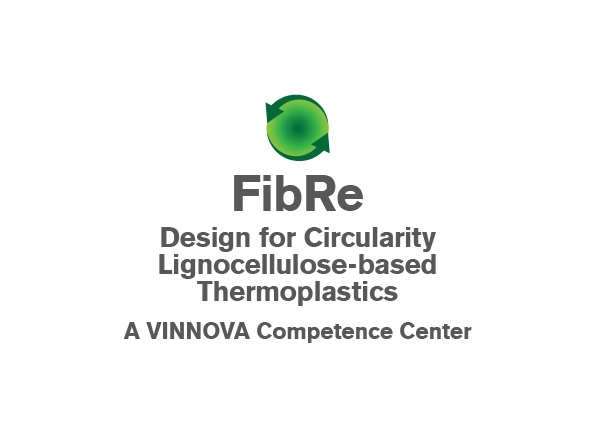Mass transport in wood components from processed woods(III-3)
Purpose of the project is to study mass transport of ionic liquids into wood pieces and fibers and consequent lignin and hemicellulose transport out from the pieces. Therefore, characterisation techniques to investigate the location of ionic liquids and lignin in the fiber structure are needed to be developed. Examples of such techniques are X-ray imaging, […]
Mass transport in wood components from processed woods(III-3) Läs mer »



